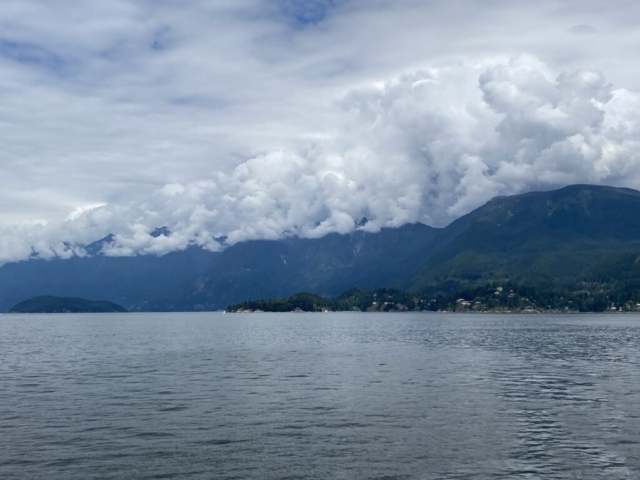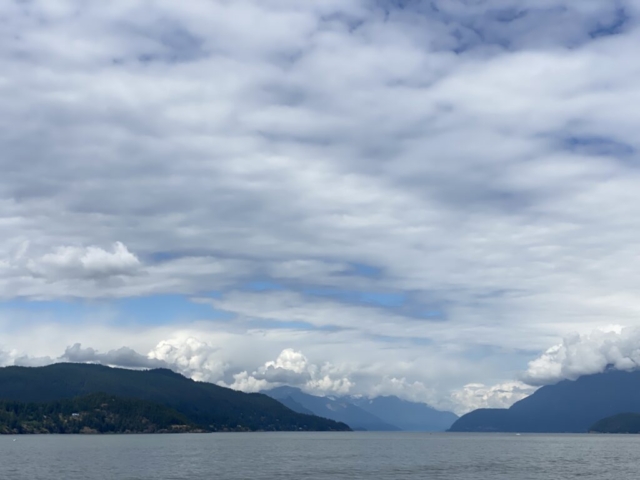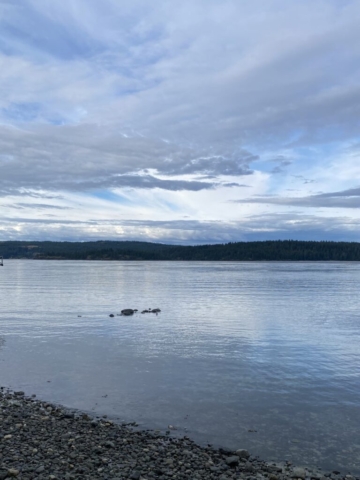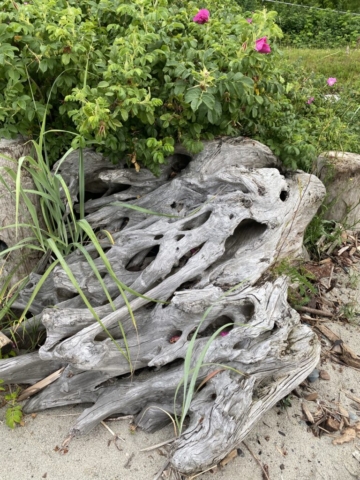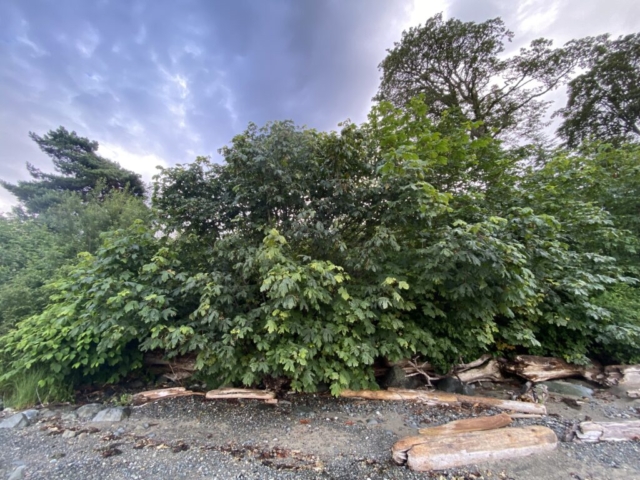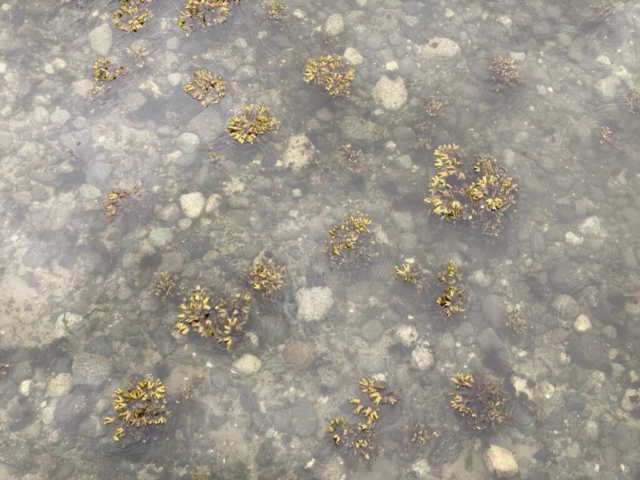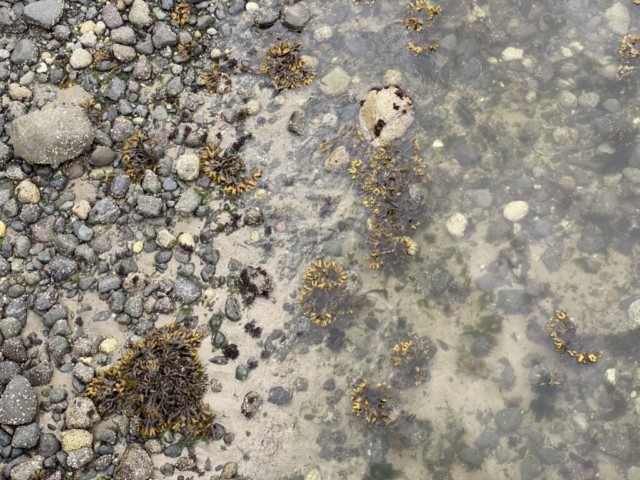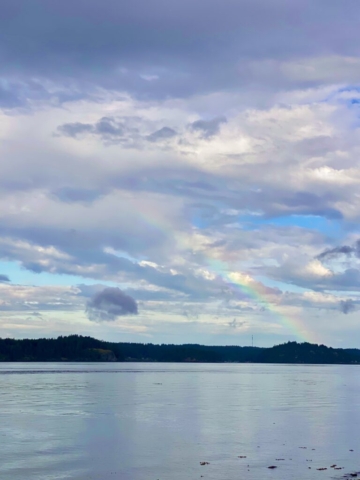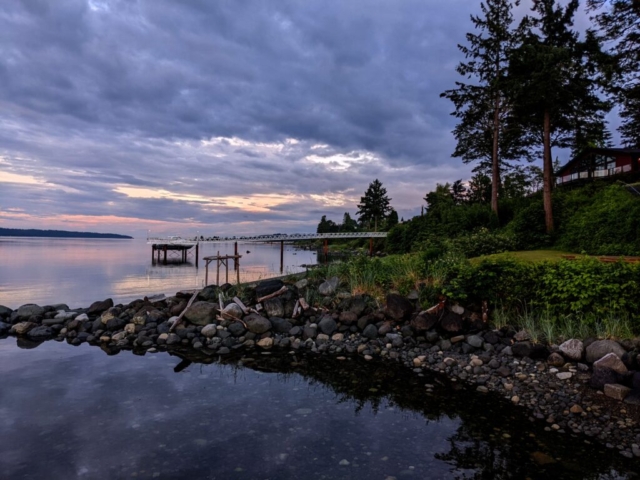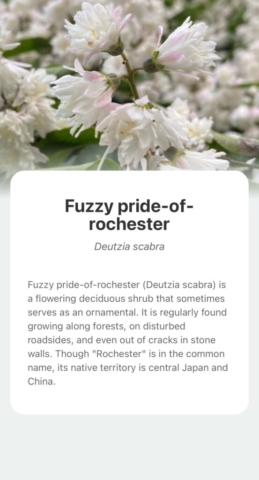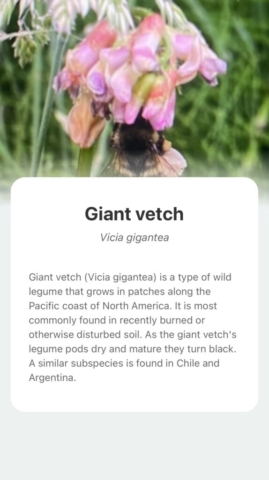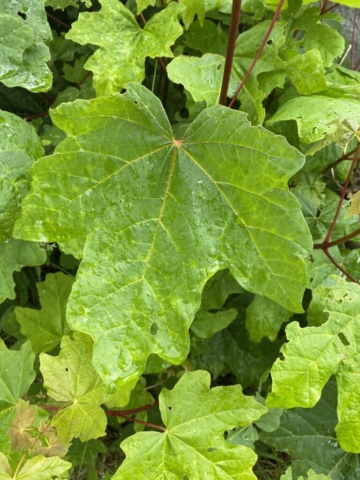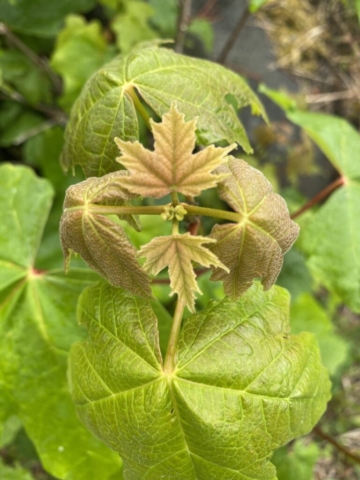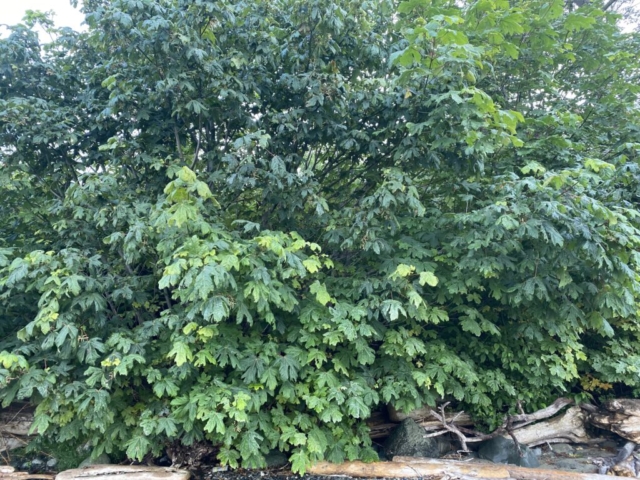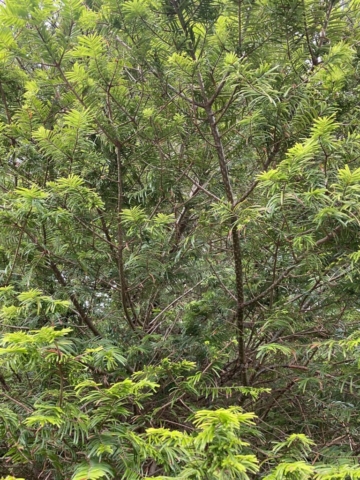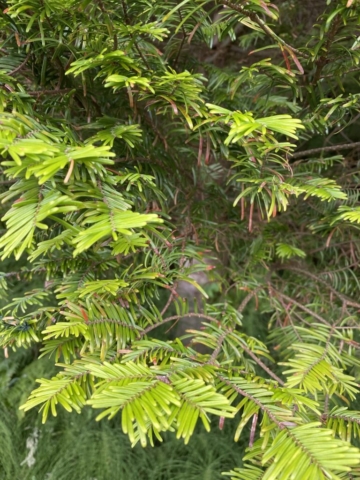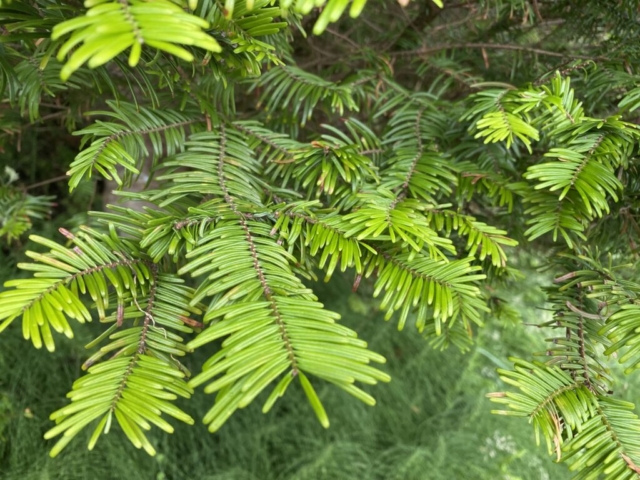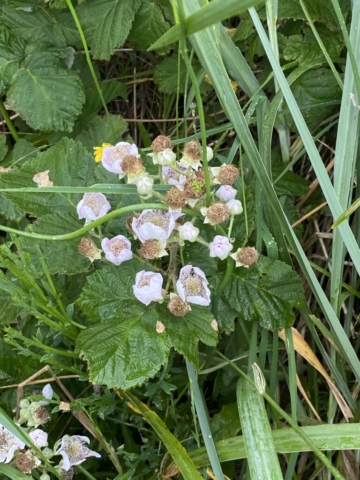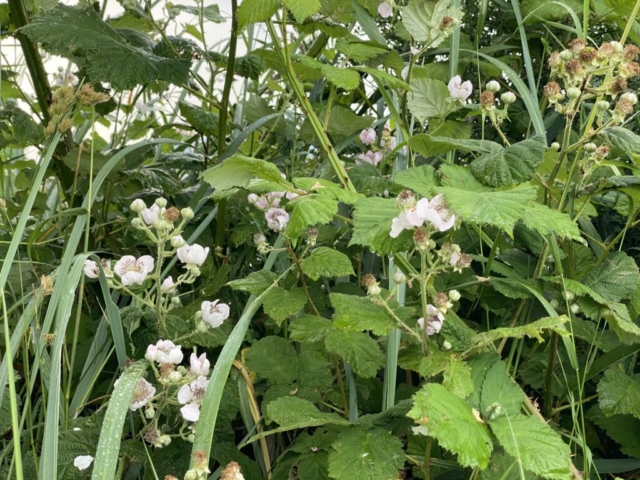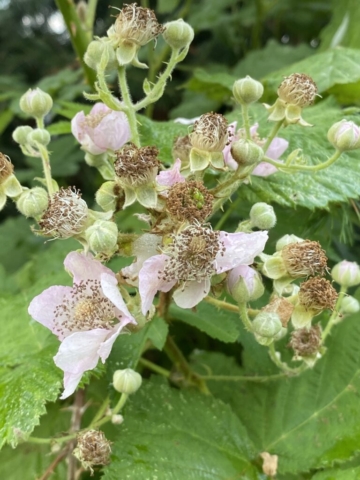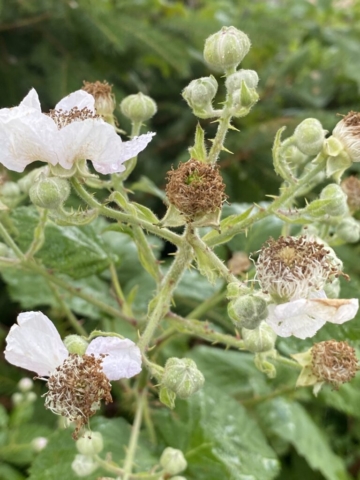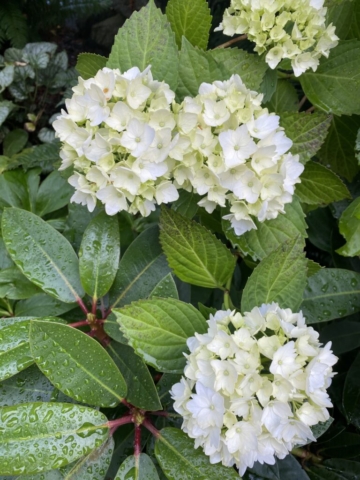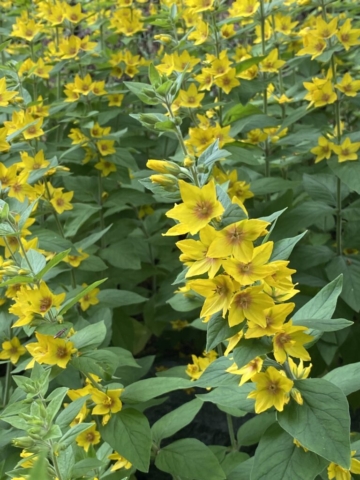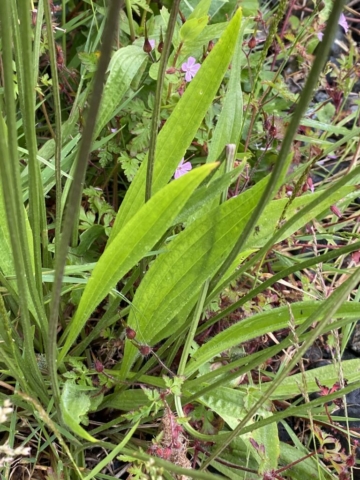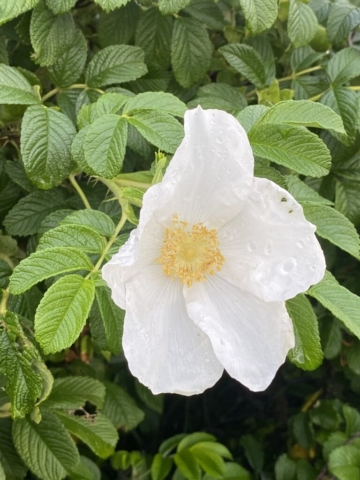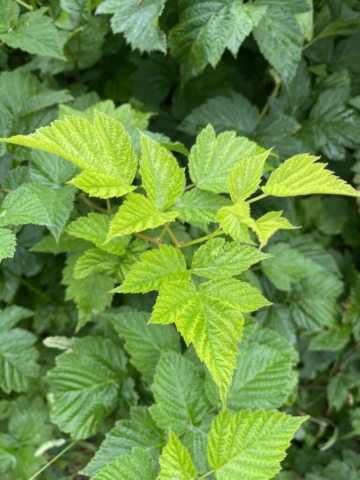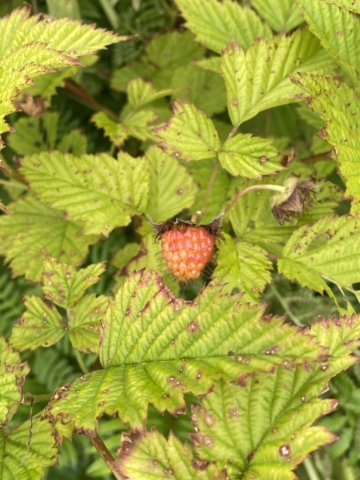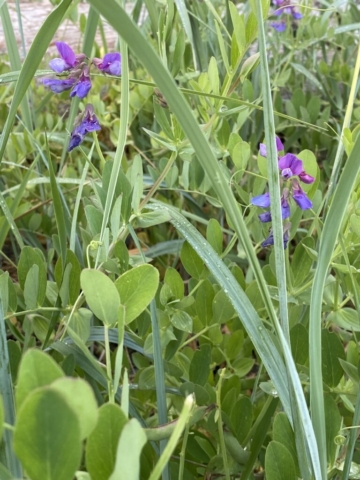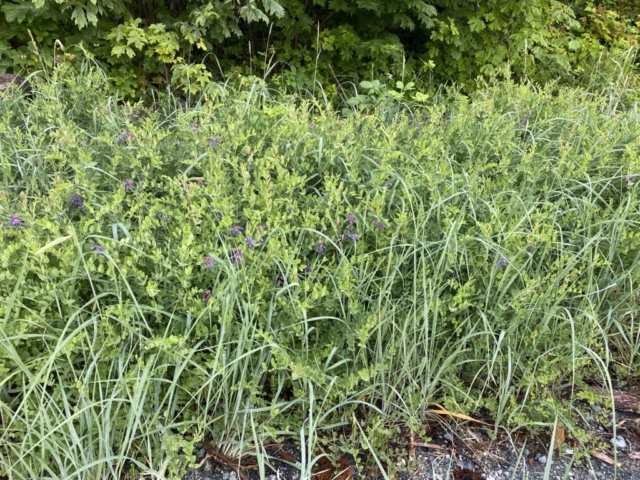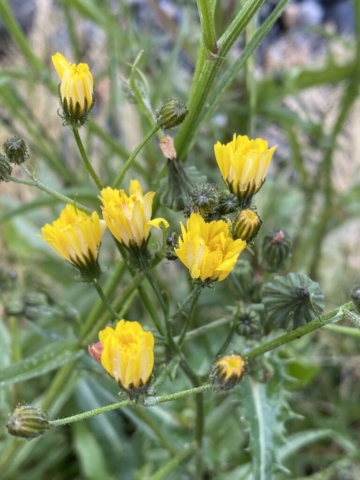
Journey To and From Campbell River
Journey involved driving to Horseshoe Bay and taking Queen of Cowichan across to Nanaimo. Then driving up to visit friends in Comox/Courtenay and took the scenic road up to a Campbell River Highway 19A
On the way home in tree red took the inland highway 19 to Nanaimo and the Queen of Oak Bay return.


Up the Coast of Vancouver Island
Campbell River, Traditional Land of the Wei Wai Kum First Nation
From https://www.bcafn.ca/first-nations-bc/vancouver-island-coast/wei-wai-kum
Preferred Name:
Wei Wai Kum
Alternative Name:
Alternate Campbell River Indian Band (Variation We-Way-Akum, We-Wai-A-Kum, Wiwaiaikim); Alternate Ahmahoo (Circa 1881); Named After Dr. Samuel Campbell; Part Of The Laichquiltach
Language:
Kwak̓wala
Region:
Vancouver Island & Coast
On the Shores of Discovery Passage

The Wei Wai Kum First Nation in Campbell River works to create a healthy and prosperous community, founded on the strength of our language and our culture.
For thousands of years the Wei Wai Kum lived harmoniously with the lands, waters and resources throughout their territories of the southern Johnstone Straights and adjacent mainland inlets. Foods such as: salmon, seal, octopus, herring, cod, deer, elk, ducks, shellfish and berries were harvested and preserved in intricate methods appropriate to the environment and ecosystems of their surroundings.
Wei Wai Kim First Nation, https://weiwaikum.ca
Beach
Beach Art by Visiting Kids
Ocean

Wei Wai Kum Background & History
Excerpt from Wei Wai Kum Background & History:
To understand the circumstances of so many First Nations Communities’ poor economic and social conditions, and the only marginal participation of First Nations peoples in the various economic activities that rule the Lands today, it must be remembered that along with the destruction of First Nations’ ways of living we have been consistently marginalized, manipulated, and even excluded from participating in the construction of the Canadian, and more locally, British Columbian economies. These malpractices began when the first plans to develop and exploit these Lands and Resources for all they’re worth were ever drawn up. In fact, it was these types of “plans” which also explicitly set out how to “deal” with the original peoples of the Lands, so that First Nations would not be in the way of the newcomers planned developments.
The transpiration of these events and other oppressive First Nations policy regimes, the introduction of licensing and permitting systems, land title systems / private property ownership and incomprehensible means of law/authority enforcement over the short period of 200 years has left First Nations in a near impossible position to be able to rejuvenate the spirit of their communities and rebuild sustainable First Nations economies.
Despite the many obstacles our forefathers, with much persistence, gained entry into the commercial fishing license programs administered by the Government of Canada. Currently there are court cases that have emphasised that the government racist policies and management plans infringe on our Aboriginal title and rights. These cases along with other actions are substantial achievements of coastal First Nations peoples on the road to realizing equality and equity following invasive European settlements of the 19th and 20th centuries. However, there is much more work to be done in reconciling this historical reality.
Wei Wai Kim First Nation, https://weiwaikum.ca/about/our-culture/
Fish
Coastal Views
Animals
Eagle
Seals

Rainbows
Sunsets
Plants & Identification
American Dune Grass
Big Leaf Maple
Common Velvet Grass
Fir Trees
Douglas Fir
Grand Fir
Balsam Fir

